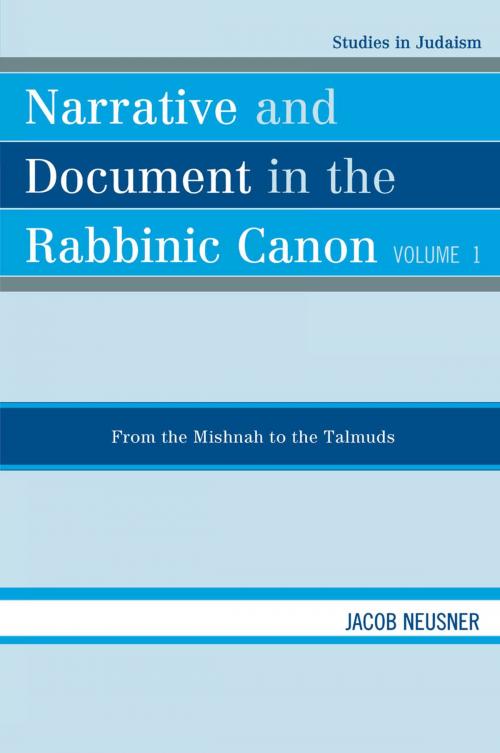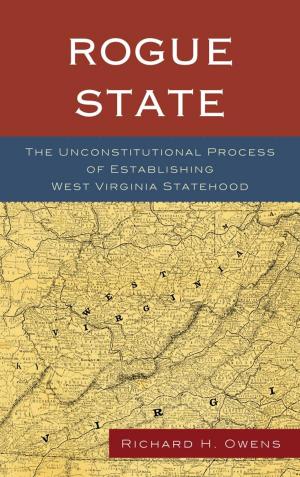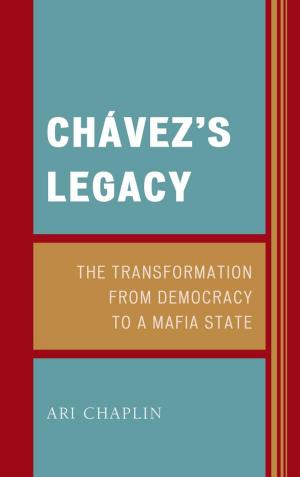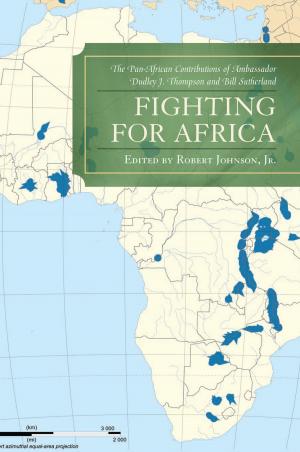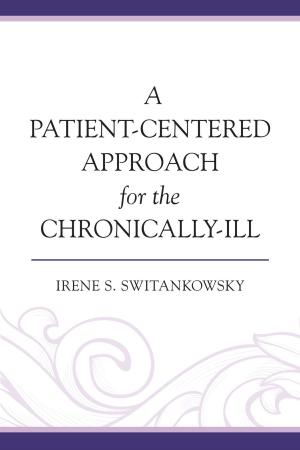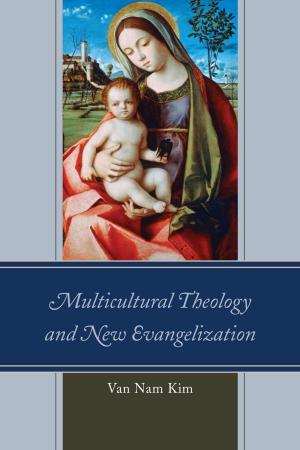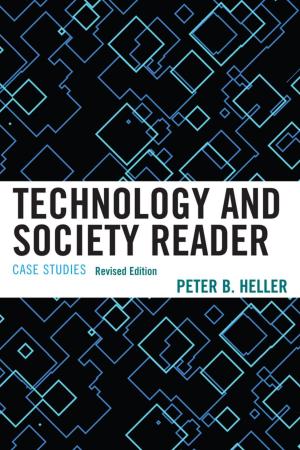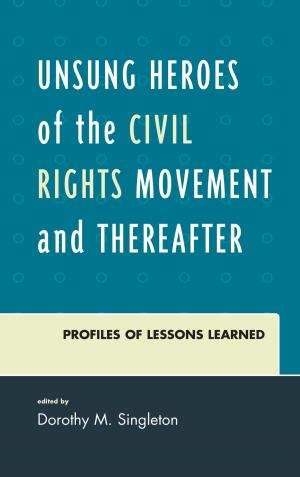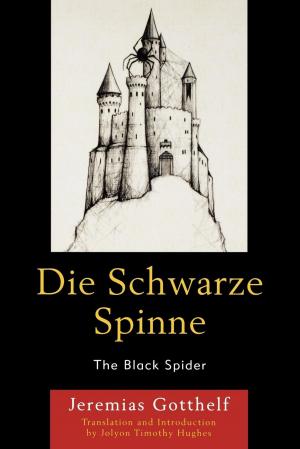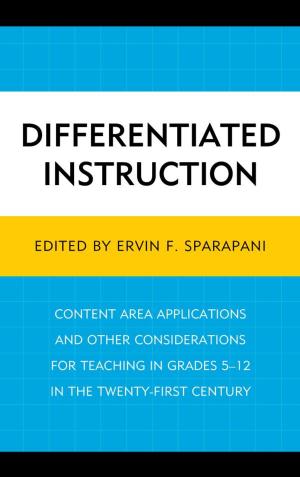Narrative and Document in the Rabbinic Canon
From the Mishnah to the Talmuds
Nonfiction, Religion & Spirituality, Judaism, Sacred Writings| Author: | Jacob Neusner | ISBN: | 9780761849520 |
| Publisher: | UPA | Publication: | November 11, 2009 |
| Imprint: | UPA | Language: | English |
| Author: | Jacob Neusner |
| ISBN: | 9780761849520 |
| Publisher: | UPA |
| Publication: | November 11, 2009 |
| Imprint: | UPA |
| Language: | English |
Narrative and Document in the Rabbinic Canon, Volume I is a study of the inclusion of biographical narratives about sages in components of the unfolding canon of Rabbinic Judaism in the formative age. These documents are of the first six centuries C.E. and are exclusive of the two Talmuds. A sage is defined here as a man who embodies the Rabbinic system. A sage-story, then, is an anecdote about the life and deeds of a Rabbinic sage. In general, a biographical narrative is the record of things done on a concrete and specific past-tense occasion by named individuals. The stories are not told as part of a sustained biographical account of those individuals' lives, birth to death. In this way, one is able to correlate the unfolding of the sage-story in the Rabbinic canonical sequence with the unfolding of the authorized biography in the counterpart-Christian one. The documentary hypothesis yields the correlation between the advent of the Christian authorized biography and the advent of the sage-story in the later documents of the Rabbinic canon. The sage-stories of the Mishnah, Tosefta, Tannaite Halakhic Midrash-compilations, and Rabbah-Midrash collections are subject to examination. The Yerushalmi and the Bavli come next, in volume II. Here, we ask what is to be learned from a documentary reading of the sage-stories as they unfolded in the canonical setting.
Narrative and Document in the Rabbinic Canon, Volume I is a study of the inclusion of biographical narratives about sages in components of the unfolding canon of Rabbinic Judaism in the formative age. These documents are of the first six centuries C.E. and are exclusive of the two Talmuds. A sage is defined here as a man who embodies the Rabbinic system. A sage-story, then, is an anecdote about the life and deeds of a Rabbinic sage. In general, a biographical narrative is the record of things done on a concrete and specific past-tense occasion by named individuals. The stories are not told as part of a sustained biographical account of those individuals' lives, birth to death. In this way, one is able to correlate the unfolding of the sage-story in the Rabbinic canonical sequence with the unfolding of the authorized biography in the counterpart-Christian one. The documentary hypothesis yields the correlation between the advent of the Christian authorized biography and the advent of the sage-story in the later documents of the Rabbinic canon. The sage-stories of the Mishnah, Tosefta, Tannaite Halakhic Midrash-compilations, and Rabbah-Midrash collections are subject to examination. The Yerushalmi and the Bavli come next, in volume II. Here, we ask what is to be learned from a documentary reading of the sage-stories as they unfolded in the canonical setting.
